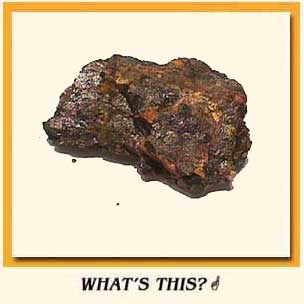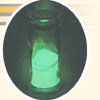     |
|
 his
was very strange. Normal properties,
color or smell or hardness, changed according to how you treated a substance.
Scientists of the time knew that such properties came from the way atoms
combined with one another. The atoms themselves, most scientists believed,
had all been created at the beginning of time, and could not possibly
change. Marie puzzled over this, trying out every possible idea. Perhaps,
she suspected, something was happening inside uranium atoms that gave
rise to rays. his
was very strange. Normal properties,
color or smell or hardness, changed according to how you treated a substance.
Scientists of the time knew that such properties came from the way atoms
combined with one another. The atoms themselves, most scientists believed,
had all been created at the beginning of time, and could not possibly
change. Marie puzzled over this, trying out every possible idea. Perhaps,
she suspected, something was happening inside uranium atoms that gave
rise to rays.
And not only inside uranium. Trying out various chemicals, Marie found
that compounds
that contained an uncommon element, thorium, also gave off rays. To describe
the behavior of these two elements, Marie made up the term “radioactivity.”

 arie
got another surprise as she
pushed through more compounds. The mineral pitchblende, rich in uranium,
gave off more radioactivity than could be accounted for by the uranium
in it (and there was no thorium). She figured the pitchblende must contain
another element, fiercely radioactive, and never seen before. The promise
of a strange new element was so exciting that Pierre put aside his work
on crystals to help speed up the discovery. They worked as a team, each
responsible for a specific task. arie
got another surprise as she
pushed through more compounds. The mineral pitchblende, rich in uranium,
gave off more radioactivity than could be accounted for by the uranium
in it (and there was no thorium). She figured the pitchblende must contain
another element, fiercely radioactive, and never seen before. The promise
of a strange new element was so exciting that Pierre put aside his work
on crystals to help speed up the discovery. They worked as a team, each
responsible for a specific task.
Read
what Marie wrote here.

|
|











